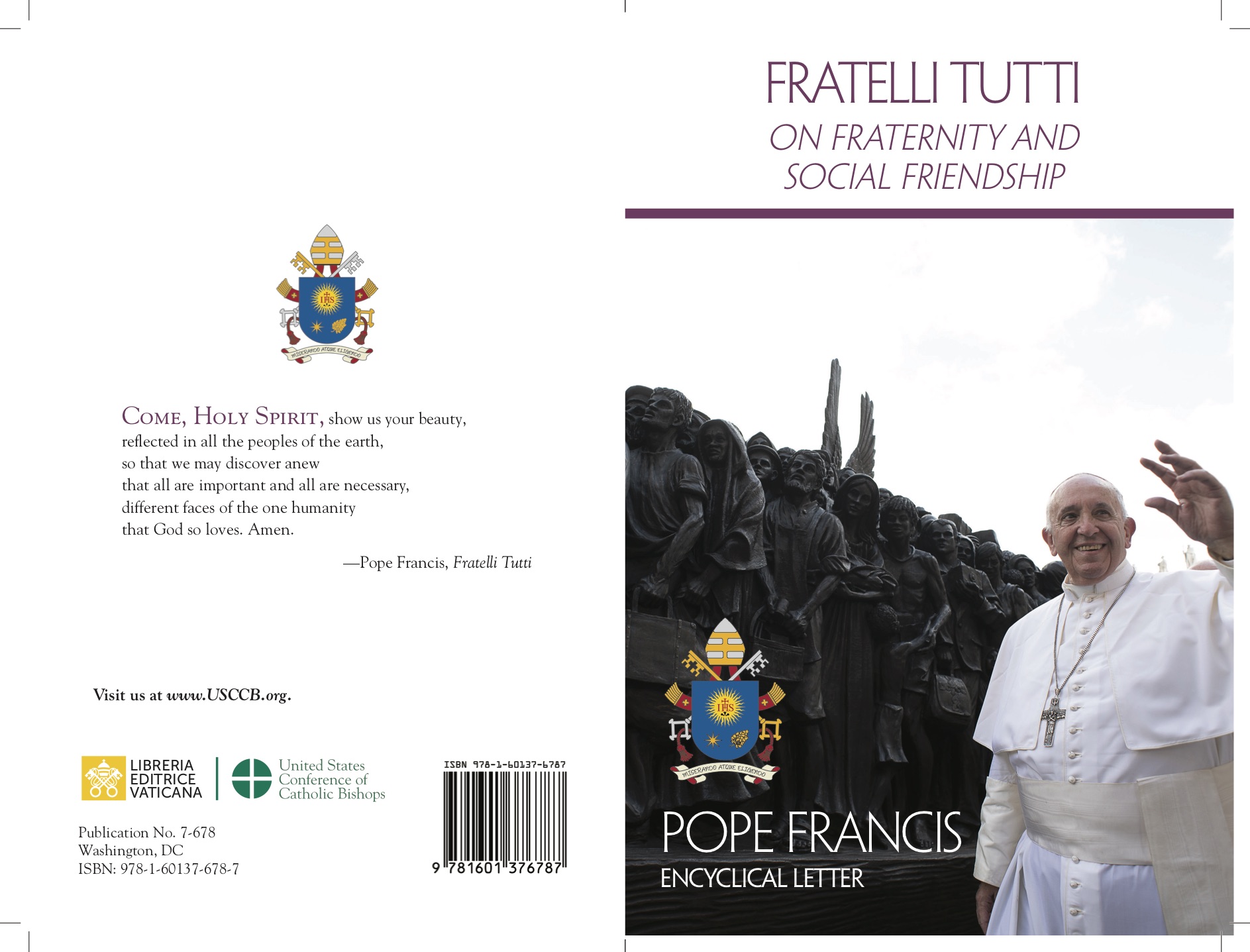
Emma is 14 years old and works in a bakery. She is no longer a child, but not yet a woman. However, she was to become first an unwitting, then a conscious, and finally even an active witness to the Resistance of the partisans against the Nazi-Fascist troops, in an occupied Venice between January and April of 1945.
The story is told by Vichi De Marchi in the beautiful book Il segreto del naso di Rioba [Rioba’s Nose Secret], Emons Edizioni), written for readers aged 10 to 13 (but thoroughly enjoyable for adults as well). The writing captures the freshness of Emma’s perspective, which is curious, bold, and clear-eyed. It is precisely this viewpoint -that of an adolescent-that makes the story feel so unprecedented.
The reason for this is not just that it shows us years we already know well through the eyes of a young girl, instead it reminds us that many partisans were only slightly older than Emma herself was. In fact, the other characters in the book who led her to discover the world of the Resistance are her older brother, Mario, and Elio, who both work with her at the bakery, owned by Sior Bepi, and are just a few years older than Emma.
In a gripping progression that draws the reader in, chapter by chapter, Emma discovers the world of the Resistance, a world that exists quietly within the everyday life she knows. At the same time, she herself begins to change, to grow, to discover new feelings, and to expand the boundaries of her small world.
While Emma is a fictional creation, the strategies used by the partisans to communicate -for example, a notebook hidden inside a monument-, or the creativity employed to rally the population are not. The episode of leaflets being secretly dropped from the balconies of the Teatro Goldoni, for instance, really happened.
Perhaps this is one of the book’s greatest strengths, as it reminds us that even at fourteen, one can be a hero. In fact, that it is precisely at that age that one is made to become a bold and imaginative protagonist of History.
by Elisa Calessi




 Purchase the Encyclical here Fratelli Tutti
Purchase the Encyclical here Fratelli Tutti